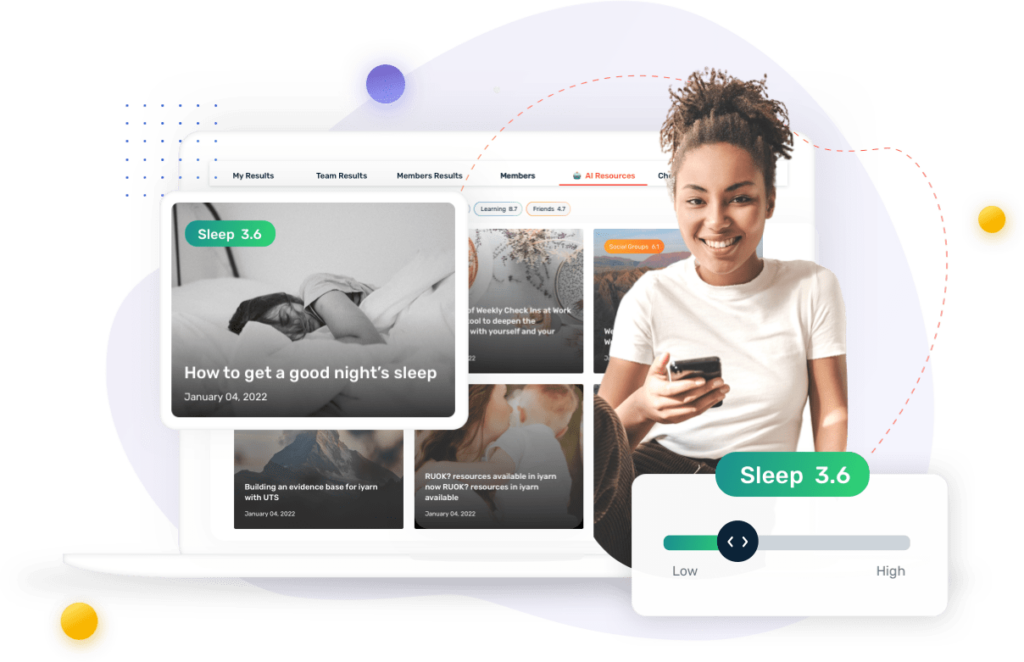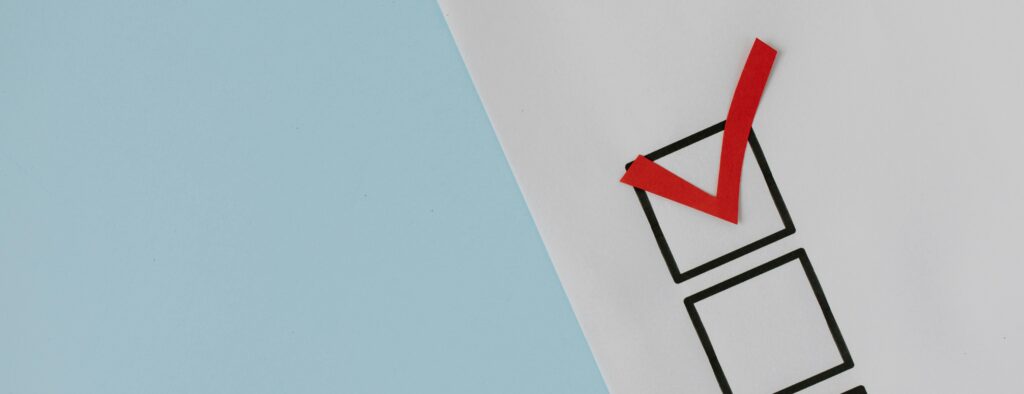Classroom Energisers
These classroom energisers are designed to get students active while they are learning. By being physically active students will concentrate better, improve their social and communication skills by interacting with others and improve their overall school performance. Incidental activity is a great way to get students active who may ordinarily shy away from physical activity.
Below are some ideas on how to incorporate energisers into a lesson. These activities can be modified to suit different age groups.
Science
Name of Activity: Don’t Break Newton’s Laws
Purpose: Students will have a better understanding of Newton’s Laws and Physics
Formation: Standing at desks
Equipment: Paper ball
Directions:
Students make a paper ball and perform the following activities for one minute each. They will record the number of successful catches for each activity.
- Throw and catch (to self).
- Throw and catch (to self) while hopping on left foot.
- Throw and catch (to self) while walking in place.
- Throw and catch (to self) while hopping on right foot.
- Toss and catch (to self) while jumping in place.
- Throw and catch (to self) while jogging in place.
- Compare recordings and discuss Newton’s Laws:
- force and friction restricts motion
- for every action, there is an equal and opposite reaction
- the greater the force, the greater the change in motion
- the object’s motion is the result of the combined effects of all the force acting on the object
- a moving object that is not subjected to a force will continue to move at a constant speed in a straight line
- an object at rest will remain at rest
Maths
Name of Activity: Star Jump Math (Jumping Jacks) Purpose: Students can practice mental maths skills Formation: Standing at desk
Equipment: No equipment needed
Directions:
- Teacher calls out an addition, subtraction, multiplication and/or division problem, integers, fractions and ratios.
- Student must mentally solve problem and perform the corresponding number of jumping jacks or other specified movements.
Movement Variations:
- Bicep curls with math book
- Knee lifts
- Standing sit-ups (raise right knee to left elbow, then raise left knee to right elbow)
- Squats
- Marching in place
- Chair dips
- Sports activities (tennis shots, football passes, volleyball spikes)
English
Name of Activity: Active Adjectives
Purpose: Students will have a better understanding of adjectives/alliteration
Formation: Standing at desk with partners
Equipment: Paper and pencil
Directions:
- Teacher reads a story or passage that contains adjectives.
- Whenever the students hear an adjective they jog in place.
- Students begin physical activity (e.g. jogging on the spot) and continue for 30 seconds or until teacher resumes reading.
Variations:
- Have the students think of a physical activity that begins with the same letter of the adjective.
- Adaptation for advanced classes or a higher age group can be ‘Active Alliteration’
Music / Drama
Name of Activity: Reading Rhythms
Purpose: Students are given the opportunity to improve creative expression
Formation: Students stand at desks
Equipment: CD, book
Directions
- Teacher selects a story.
- Students stand by desks.
- Teacher reads a section of the story and then plays music.
- As music is playing students express themselves by dancing, moving, or acting out the section they have heard from the story
Social Studies
Name of Activity: Africa, Asia, Australia – Where do I belong? Purpose: Students will have an increased understanding of geography and culture
Formation: Standing at desks facing map
Directions:
- Teacher invites one student at a time to approach map and describes a country/Continent using a particular social studies topic (see below examples) making sure the rest of the students to do not hear.
Examples:
- Specific governments identified by teacher
- Colonisation by European people
- Languages include Swahili, Hausa and Yoruba
- Languages include Hindi, Korean and Arabic
- Birthplace of homo sapiens
- Key figures identified by teacher (e.g. Barack Obama, Mao Tse-tung, Gandhi etc.)
- Buddhist religion
- This student then performs a movement to the rest of the class and they have to guess the country/continent the teacher described.
- Hopping (like a kangaroo) if Australia
- Marching in place if Asia
- Dancing if Africa
- Walk like penguin if Antarctica
The rest of the class must guess which continent/country this student is acting out.
Health
Name of Activity: Steppin’ for Snacks
Purpose: Students will have a better understanding of the food pyramid
Equipment: None
Directions:
- Teacher calls out a meal or snack item or writes it on the board.
- If the food is healthy and could be consumed anytime, hop five times.
- If the food should be consumed in moderation, hop 15 times.
- If the food is unhealthy and should be consumed only occasionally, hop 30 times.
- When teacher calls time, discuss food choices written on the board.
- OPTIONAL: Link to Australian Healthy Living Pyramid.
http://www.nutritionaustralia.org/national/resource/healthy-living-pyramid
English
Name of Activity: Language Lingo
Purpose: Students practice whichever English skills teacher prefers Formation: Divide the class into groups of no more than four members and create stations.
Equipment: Various: calculators, jump ropes, cones, balls and stopwatch
Directions:
- Set up various stations with an English task and physical activity at each station.
- The students perform a physical activity as group (eg. Perform Over and Under with a book, jump rope 15 times each, hula hopping around waist 15 times each).
- Upon completion of physical activity, students are to complete the academic task (eg. Give three characteristics of fiction, give three characteristics of poetry etc.)
- Upon completion of the activity and task students rotate to the next station.
Health
Name of Activity: Stop and Scribble
Purpose: Students develop a better understanding of mental, social and physical health benefits of physical activity Formation: Partners standing at desks
Equipment: Paper and pencil for each pair
Directions:
- Teacher discusses the physical, mental and social benefits of physical activity.
- Teacher yells out a physical activity (star jumps, squats, push-ups etc.) that students must start demonstrating.
- Teacher then yells out a category (physical, mental or social), students stop and work together to write one way that physical activity can have a benefit in that category (eg. social – meeting people through teams sports, mental – stress reliever etc.)
- After about 10-15 seconds, teacher repeats (up to 10 times).
- As students cool down, teacher will call on students to give the examples they wrote down in each of the categories.
Maths
Name of Activity: Over and Under
Purpose: Students practice whichever maths skill teacher prefers
Formation: Lines of 5-6 (as long as they’re even)
Equipment: 10-20 paper balls per team
Directions:
- Teams stand in single file line with the same amount of paper balls at the back of its line.Teacher writes Maths problem on the board while students march/star jumpStudents figure out the answer to the problem and pass the balls up their line in an over the head under the legs style until the correct number of balls are at the front end of the line.Students can only pass one paper ball at a time.First team with the correct number gets a point. Students pass paper balls back to the end of the line to get ready for the next problem.Students must perform star jumps or marching until teacher has written next Maths problem on the board.
Note: answer to problem can be no higher than paper balls available.
Science
Name of Activity: To Infinity and Beyond
Purpose: Students improve their understanding of Science topic of teachers choice
Formation: Students stand beside desks
Equipment: None
Directions:
- The teacher writes five solar system vocabulary words and corresponding physical activity on the board (eg. constellation = shake or wiggle, telescope = touch head, shoulders, knees and toes etc.)
- Teacher reads a statement that describes one of the five vocabulary words (eg. ‘a group of stars that form a pattern in the sky’ or ‘a device that gathers electromagnetic radiation’ etc).
- Students must allow teacher to finish reading each statement before performing the correct corresponding activity for 10 seconds.
Note: This activity can be adapted fit any Science subject with different topics.
*Activities are adapted from beactive North Carolina. These activities can be modified to suit any topic and age. For more classroom energisers visit: http://hlnces.ncdpi.wikispaces.net/Classroom+Energizers
Originally developed with actbelongcommit.org.au




